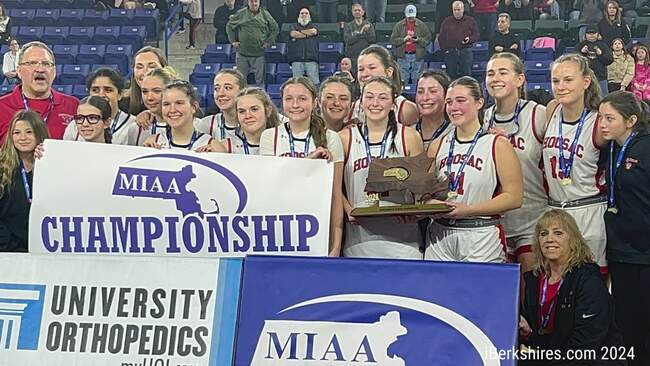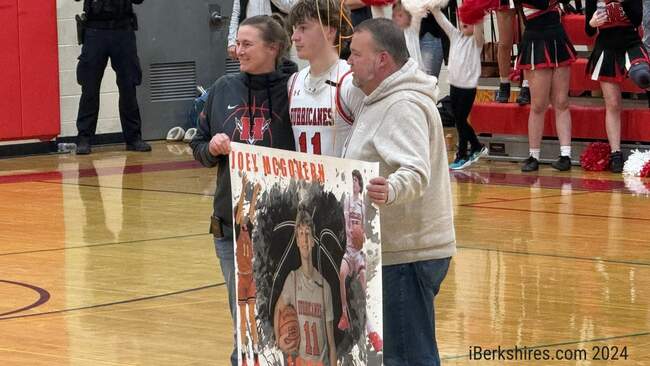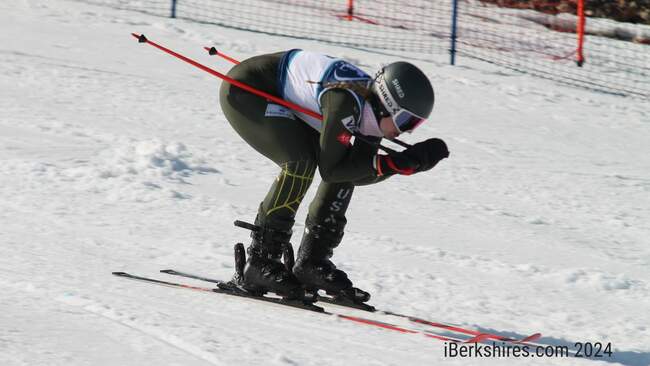One Named to SVHC Foundation's Northshire Regional Advisory Board
 |
BENNINGTON, Vt. —The Southwestern Vermont Health Care Foundation Northshire Regional Advisory Board has welcomed Chris Ams.
Ams moved to Vermont from Fairfield, Conn, in June of 2000, after purchasing a mortgage company in the area. After 25 years in the mortgage industry, he took a position as the executive director of Riley Rink at Hunter Park, where he worked for the next two years. He then purchased a property management business, which he ran for three years before joining his brother and nephew as an account executive at Finn and Stone Insurance in Manchester.
He lives in Manchester with his wife Jane, who is a nurse at SVMC Northshire Campus. Together, they have three adult children who live locally and across the country.
The SVHC Foundation Northshire Regional Advisory Board consists of 12 members. Members are nominated by members of the group or by the health system. The SVHC Foundation's mission is to engage in development and fundraising activities exclusively for the support of the Southwestern Vermont Health Care Corporation.
Tags: SVMC,















